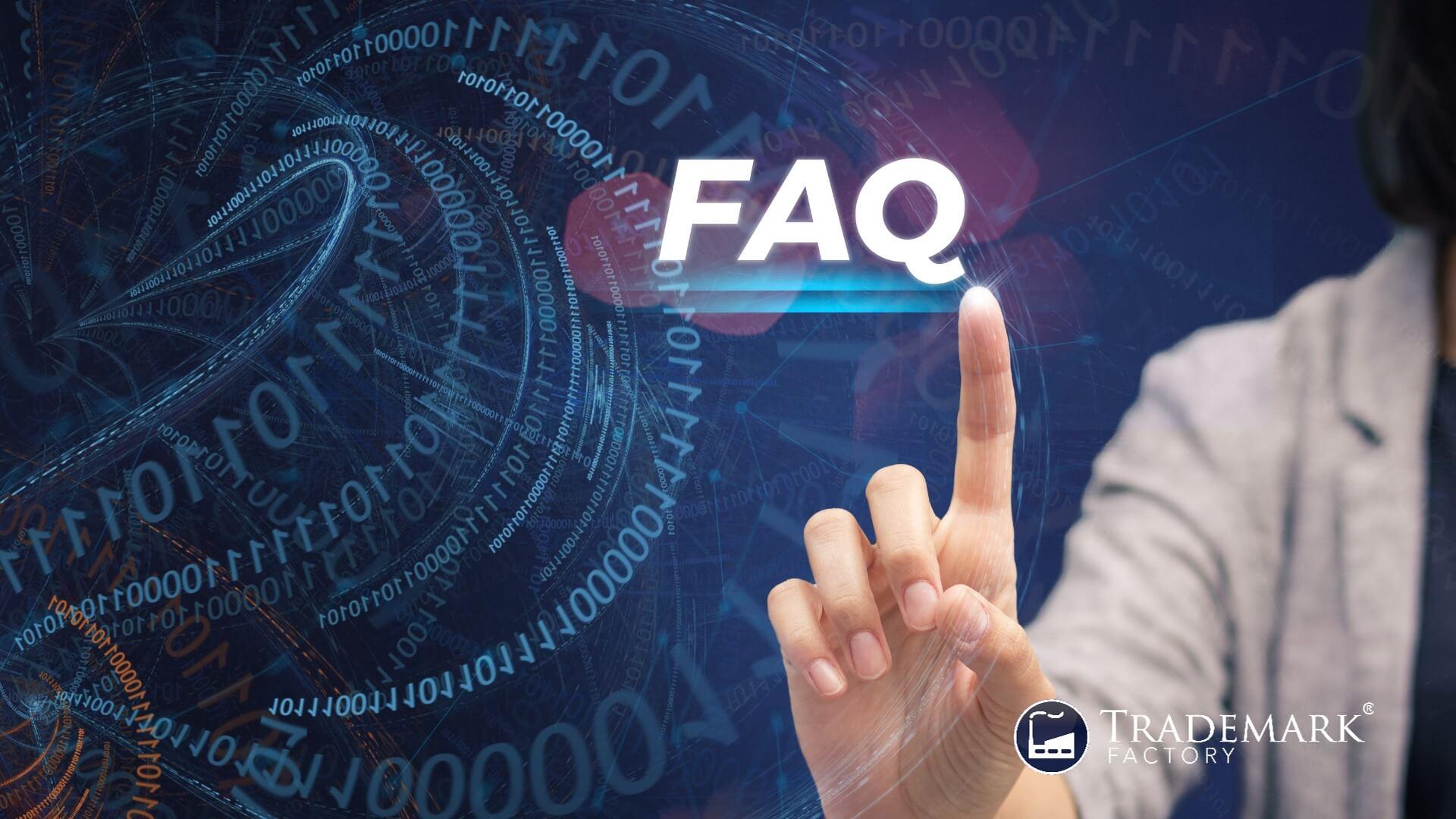Streamlining International Trademark Registration The Madrid System

The complexity inherent in international trademark registration necessitates a streamlined approach. The Madrid System for trademark, administered by the World Intellectual Property Organization, offers such an efficient solution. This article dissects the system's role in simplifying global trademark protection, highlighting key entities involved and providing guidance for effective navigation of this intricate legal landscape.
Understanding International Trademark Registration

International trademark registration is a critical process that allows businesses to secure and protect their brand identities across multiple jurisdictions globally. This procedure offers international trademark registration benefits such as global brand recognition, legal rights protection, and Madrid System advantages including a streamlined trademark process. The forthcoming discussion delves into the Madrid System's role in simplifying global trademark protection.
The Madrid System: Simplifying Global Trademark Protection

The structure and functionality of the Madrid System, an international mechanism for trademark registration, presents a fascinating topic for exploration. This system, governed by two treaties and administered by the World Intellectual Property Organization (WIPO), offers a streamlined solution for registering and managing trademarks globally. A discourse on this subject will necessarily encompass examination of the manifold advantages inherent in utilizing the Madrid System, such as cost-effectiveness, simplicity, and expansive geographical coverage.
The Madrid System's Structure and Functionality
Madrid System's structure and functionality are designed to facilitate the international registration of trademarks through a single procedure managed by the International Bureau of WIPO. The system fosters:
* Streamlining processes for global registration
* Enhancing administrative efficiency via international cooperation
* Ensuring comprehensive trademark protection
The aforementioned elements contribute to the robustness of this regulatory framework, paving the way for exploring its manifold advantages in subsequent discussions.
Advantages of Using the Madrid System
Utilizing this globally recognized procedure presents numerous advantages, such as cost-effectiveness and centralized management of renewals, modifications, and updates.
Advantages
Description
Cost savings
Substantial reduction in application costs
Efficiency
Single application for multiple countries
Simplification
Centralized platform for managing updates
Benefits
Increased global brand protection
The exploration of these benefits paves the way to delve into a related subject: key entities in global trademark protection.
Key Entities in Global Trademark Protection

The European Union Intellectual Property Office (EUIPO) of trademark, a centralized agency responsible for managing Community Trademarks (CTM) and designs, plays a significant role in offering intellectual property rights protection within the European Union. The National Trademark Offices of member countries, while functioning within their jurisdictions, collaborate with international organizations such as the International Trademark Association (INTA) and the World Intellectual Property Organization (WIPO) for trademarks to standardize trademark laws globally. An examination of these entities' roles offers profound insights into the complexities of international trademark law and the mechanisms that facilitate its implementation across different jurisdictions.
European Union Intellectual Property Office (EUIPO)
European Union Intellectual Property Office (EUIPO) serves as a centralized hub for registering trademarks and designs that are valid in all 27 countries of the European Union. It streamlines the EU trademark process, enhancing trademark protection through:
- Coordinated international trademark registration
- Simplified trademark application procedures
- Standardized trademark fees
This uniform approach fosters a sense of belonging among applicants. Delving deeper into this subject, the subsequent section will discuss 'community trademark (ctm).'
Community Trademark (CTM)
Shifting focus from the European Union Intellectual Property Office (EUIPO), attention is now drawn to the Community Trademark (CTM). CTM assists in harmonizing trademark protection across the European Union, providing several benefits. However, it also comes with its limitations and requires a thorough understanding of registration process, renewal procedure, and enforcement methods.
Community Trademark
Benefits
CTM Benefits
Limitations
CTM Limitations
Registration Process & Renewal Procedure
CTM Registration Process & Renewal Procedure
With this knowledge at hand, an examination of national trademark offices will ensue.
National Trademark Offices
National offices play a pivotal role in administering and ensuring the proper functioning of their respective countries' trademark systems. They are responsible for:
- Conducting the trademark registration process
- Facilitating the trademark examination
- Maintaining a comprehensive trademark database
Moreover, they enforce national laws to protect registered trademarks. Delving into 'International Trademark Association (INTA)', one can further comprehend international coordination in trademarks.
International Trademark Association (INTA)
Operating on a global scale, the association known as INTA plays a crucial role in advocating for the rights and interests of trademark owners. Its efforts are directed towards promoting harmonized trademark laws and policies internationally, facilitating smoother international trademark registration.
Focus Area
Description
Trademark Owners' Rights
Advocating increased protection
Harmonized Trademark Laws
Promoting uniformity across jurisdictions
International Registration
Streamlining process for owners
Policy Advocacy
Influencing laws to favor trademarks
The subsequent section examines another major player in this domain: the World Intellectual Property Organization (WIPO).
World Intellectual Property Organization (WIPO)
The World Intellectual Property Organization (WIPO) plays an instrumental role in the global protection of intellectual property rights, fostering cooperation among nations in these matters. WIPO's contributions to this sphere include:
* Streamlining international trademark registration through the Madrid System benefits
* Fostering global IP cooperation
* Setting international standards for IP laws
Understanding WIPO's role further accentuates the importance of exploring subsequent sections such as 'trademark treaties and agreements'.
Trademark Treaties and Agreements
Crucial to the uniformity of global intellectual property rights are various trademark treaties and agreements, which establish the foundational guidelines for protection and enforcement of trademark laws. International trademark treaties provide a global trademark protection framework, with Madrid System advantages at its core. These trademark protection agreements streamline registration processes fostering wider acceptance. This paves the way towards an exploration of international trademark classes.
International Trademark Classes
Having examined trademark treaties and agreements, attention is now turned to international trademark classes. These classes aid in preventing class specification confusion, which can lead to trademark infringement cases. Understanding these categories is crucial for effective opposition proceedings and seeking trademark infringement remedies.
- Trademark renewal process
- How class specifications influence renewal
- The role of accurate classification in timely renewals
- Class specification confusion
- Causes and potential consequences
- Strategies for avoidance
This knowledge becomes especially vital when conducting an international trademark search.
International Trademark Search
Conducting a comprehensive search for marks similar to the proposed one in relevant markets is an indispensable action in applying for protection under global trademark laws. Utilizing an international trademark database, a thorough trademark availability assessment can be performed. This trademark clearance search minimizes potential trademark infringement risks and streamlines the entire trademark registration process. These considerations naturally lead to devising efficient international trademark filing strategies.
International Trademark Filing Strategies
Optimal filing strategies for global brand protection necessitate a deep understanding of various jurisdictional nuances, as well as the ability to leverage multi-jurisdictional filing systems.
- Regional trademark strategies
- Trademark registration trends
- Online trademark protection
- Global trademark portfolio
- Trademark enforcement measures
In-depth knowledge of these aspects is crucial for successful international trademark filings, moving forward towards navigating global trademark protection: pillar pages.
Navigating Global Trademark Protection: Pillar Pages

The discourse to be engaged in will delve into the intricacies of international trademark protection, with a specific emphasis on key systems and entities such as the Madrid System, The European Union Intellectual Property Office (EUIPO), Community Trademark (CTM), National Trademark Offices, and the International Trademark Association (INTA). These institutions play pivotal roles in shaping policies and procedures that govern intellectual property rights globally. With an objective exploration of their functions, this discussion aims not only to provide comprehensive insight into international trademark laws but also expound upon how these organizations intersect within this complex legal framework.
Madrid System
Under the Madrid System, international trademark registration is streamlined, effectively simplifying the process for applicants around the globe. The benefits include:
* Reduced trademark application requirements
* Lowered costs by consolidating trademark registration fees
* Simplified management and renewal process
These advantages make international protection more accessible. The subsequent discussion will focus on another key entity in global intellectual property rights: the European Union Intellectual Property Office (EUIPO).
European Union Intellectual Property Office (EUIPO)
Significant strides in European intellectual property protection have been made possible largely due to the efforts of the European Union Intellectual Property Office (EUIPO). Through detailed EUIPO services, clear guidelines, and a transparent registration process, businesses can access the comprehensive EUIPO database with ease. Despite varying EUIPO fees, belonging to this entity is valued. This paves way for a further discussion on 'community trademark (ctm)'.
Community Trademark (CTM)
Community Trademark (CTM) represents a unified trademark registration system in the European Union, offering extensive protection and simplification of procedures for businesses across member states.
- Community Trademark Advantages:
- CTM Registration Process: Streamlined and simplified.
- CTM Protection Scope: Extensive coverage across EU member states.
- CTM Enforcement Measures: Robust measures ensuring safeguarding of rights.
The CTM renewal procedure further ensures sustained protection. The subsequent section discusses the role of national trademark offices within this framework.
National Trademark Offices
Transitioning from the Community Trademark, national trademark offices play a key role in enforcing brand protection strategies. They handle trademark litigation, deal with cases of trademark infringement, and are responsible for office actions response. In addition to these responsibilities, they also manage trademark renewals which ensure the longevity of a brand's exclusive rights. The subsequent section will examine the function of the International Trademark Association (INTA) in this global system.
International Trademark Association (INTA)
The role of INTA in the global brand protection landscape encompasses extensive advocacy efforts, strategic initiatives, and noteworthy contributions to trademark regulations. International Trademark Association activities include:
- INTA advocacy efforts on policy reforms.
- INTA initiatives foster cooperation between businesses and regulatory bodies.
- INTA contributions shaping international IP standards.
This discussion will lead seamlessly into considering the World Intellectual Property Organization's role in streamlining international trademark registration through the Madrid System.
World Intellectual Property Organization (WIPO)
World Intellectual Property Organization (WIPO), a specialized agency of the United Nations, plays a pivotal role in global intellectual property services, policy, and cooperation. WIPO services streamline international trademark registration and enhance global trademark protection strategies. Thanks to the Madrid System benefits, stronger safeguarding of intellectual assets is possible. This centralized system sets the stage for further discussion on significant trademark treaties and agreements.
Trademark Treaties and Agreements
Exploration of various trademark treaties and agreements reveals their profound impact on shaping intellectual property rights globally. These include:
- Trademark registration process, which ensures a unique identity for businesses
- International trademark agreements facilitating protection beyond national boundaries
- Challenges in global trademark registration, necessitating streamlined processes
Benefits of international trademark protection and enforcement measures are significant. This evaluation provides an apt segue into understanding 'international trademark classes'.
International Trademark Classes
Understanding the classification of goods and services across different jurisdictions is integral to the effective enforcement and protection of intellectual property rights. International trademark classification sets a standard in the trademark registration process, reducing infringement cases. The benefits of international trademark protection are manifold, with robust enforcement mechanisms in place. Examining how these classifications feed into an international trademark search forms the subsequent focus area.
International Trademark Search
Conducting a comprehensive search across various jurisdictions aids in identifying potential conflicts, thereby preventing costly litigation and disputes over intellectual property rights. The global trademark search is crucial to the trademark clearance process with resources such as:
- Trademark search tools for thorough inspection,
- Understanding international trademark conflicts for effective resolution,
- Following trademark search best practices to ensure accuracy.
This discourse paves the way towards elucidating strategies pertinent to international trademark filing.
International Trademark Filing Strategies
Moving beyond international trademark search, it becomes crucial to develop robust filing strategies. This involves scrutinizing filing costs, anticipating potential trademark infringement situations, and devising effective enforcement strategies. Additionally, understanding regional differences in laws and procedures is essential for a seamless process. Timely trademark renewal should also be factored into these strategies to maintain the longevity of the brand's protection internationally.
Frequently Asked Questions

What Are the Costs Associated With Using the Madrid System for International Trademark Registration?
Costs associated with international trademark registration encompass basic application fees, supplementary and complementary fees. A comprehensive cost comparison reveals potential financial benefits despite possible hidden charges within the Madrid System's fee structure.
How Long Does the Process of International Trademark Registration Take Under the Madrid System?
Under the Madrid System, the international trademark registration process typically spans 12-18 months. Efficiency varies based on documentation requirements, legal representation quality, and potential impact on small businesses during the renewal process.
Can a Trademark Registered Under the Madrid System Be Invalidated in One Country but Remain Valid in Others?
A trademark registered under any system may face National Opposition, leading to invalidation in one jurisdiction but not others due to Jurisdictional Differences, Trademark Maintenance procedures, and Cross Border Enforcement policies.
How Does the Madrid System Handle Disputes or Conflicts Over Trademarks?
Under the Madrid System, disputes and conflicts over trademarks are managed through a process of dispute resolution, conflict prevention, trademark litigation and mediation to ensure balanced intellectual property conflict solutions across multiple jurisdictions.
What Are the Potential Drawbacks or Limitations of Using the Madrid System for International Trademark Registration?
Potential drawbacks of international trademark registration include the Dependency Principle, language barriers, limited coverage in certain countries, inflexibility issues and risk of a central attack which could invalidate all associated registrations.
Conclusion

In conclusion, the Madrid System offers a streamlined and simplified process for international trademark registration. This system, guided by key entities, provides comprehensive global protection for businesses. Through understanding these processes and laws, stakeholders can confidently navigate their way in the complex field of global trademark protection. Thus, it is imperative to grasp the foundational principles underlying international trademark laws to secure brand identity across various markets globally.
Subscribe to Trademark Wednesdays, our weekly newsletter where we'll send fun and informative trademarking topics straight to your inbox.




